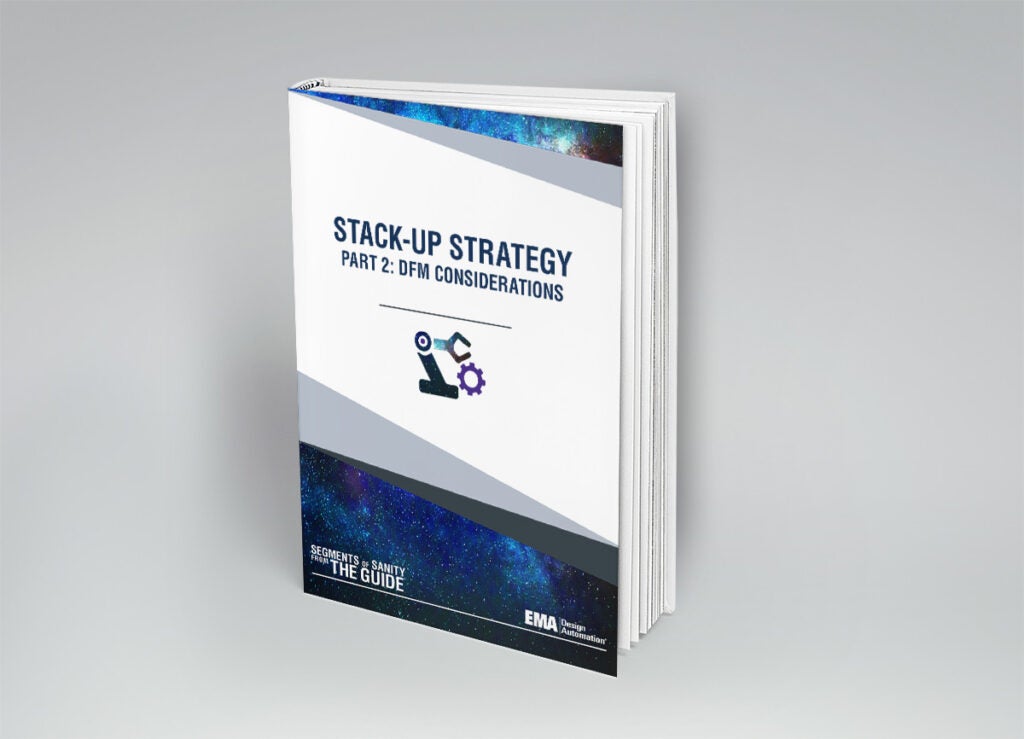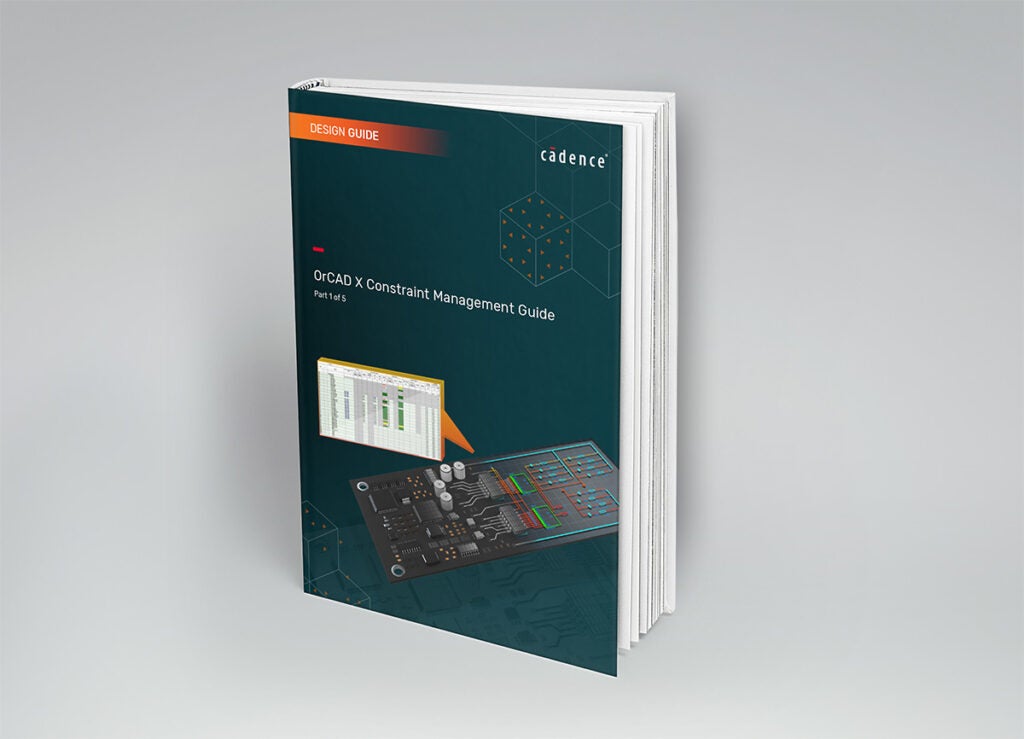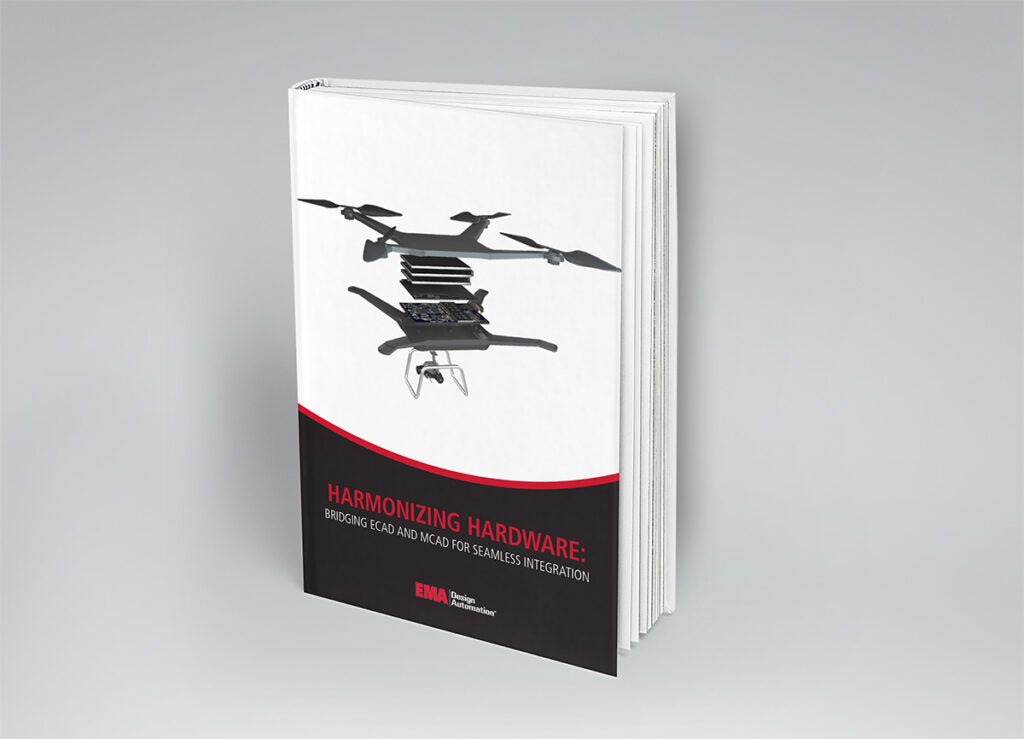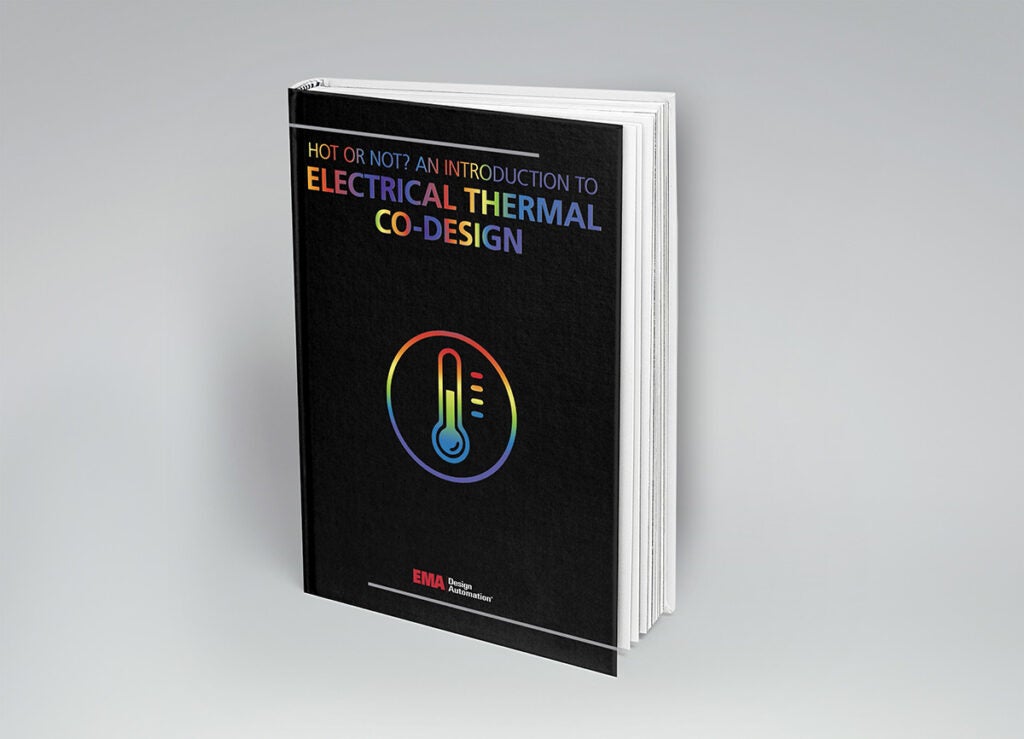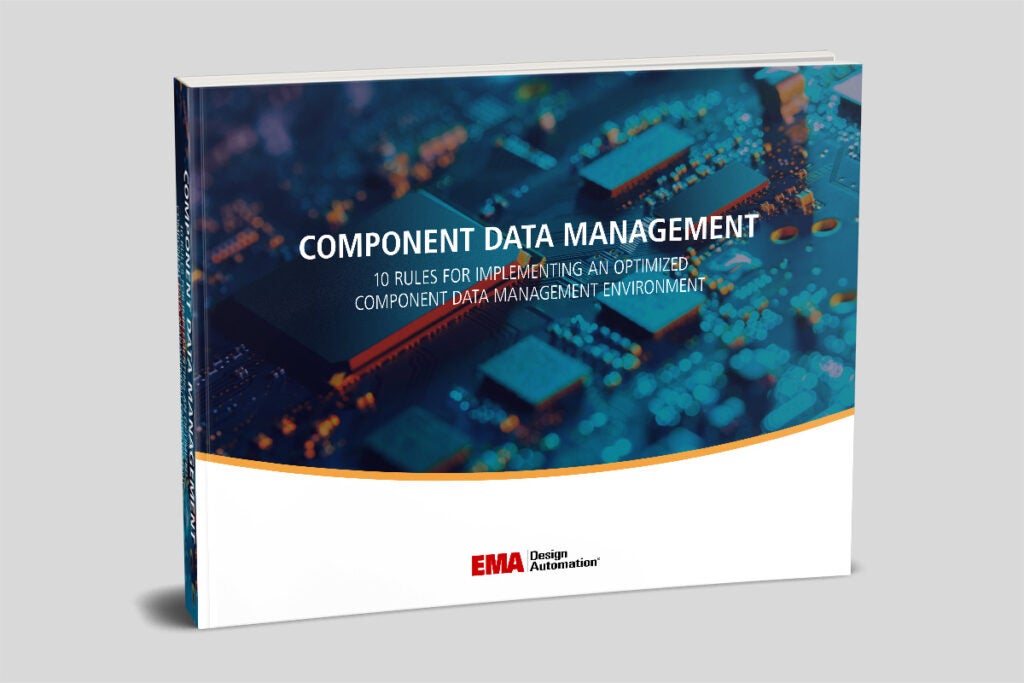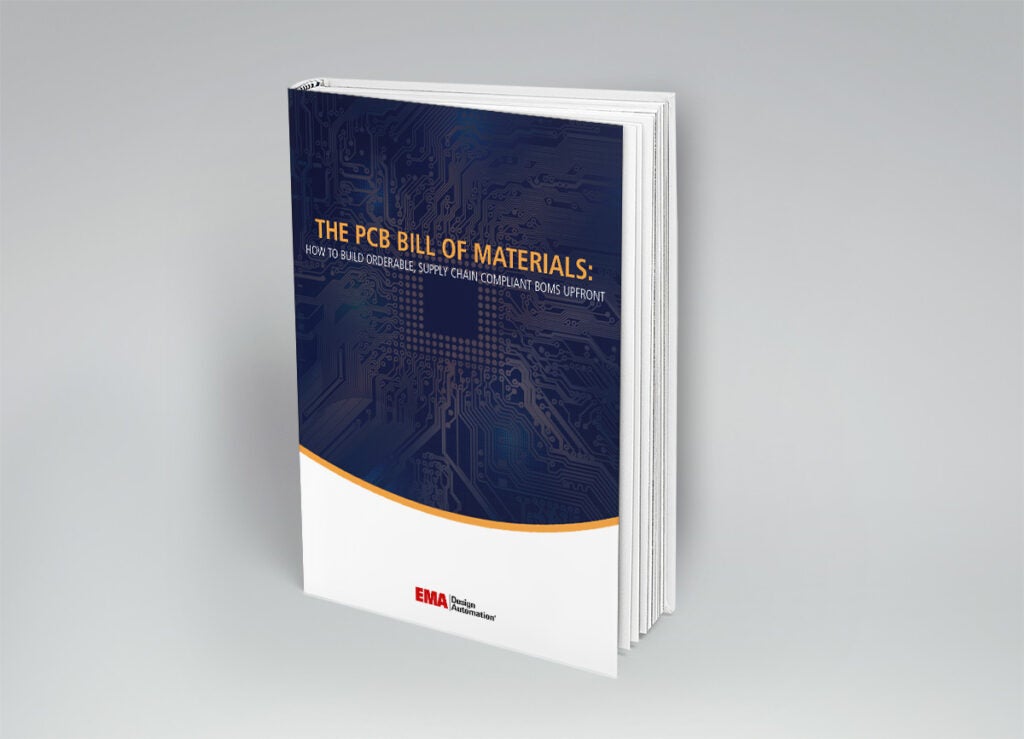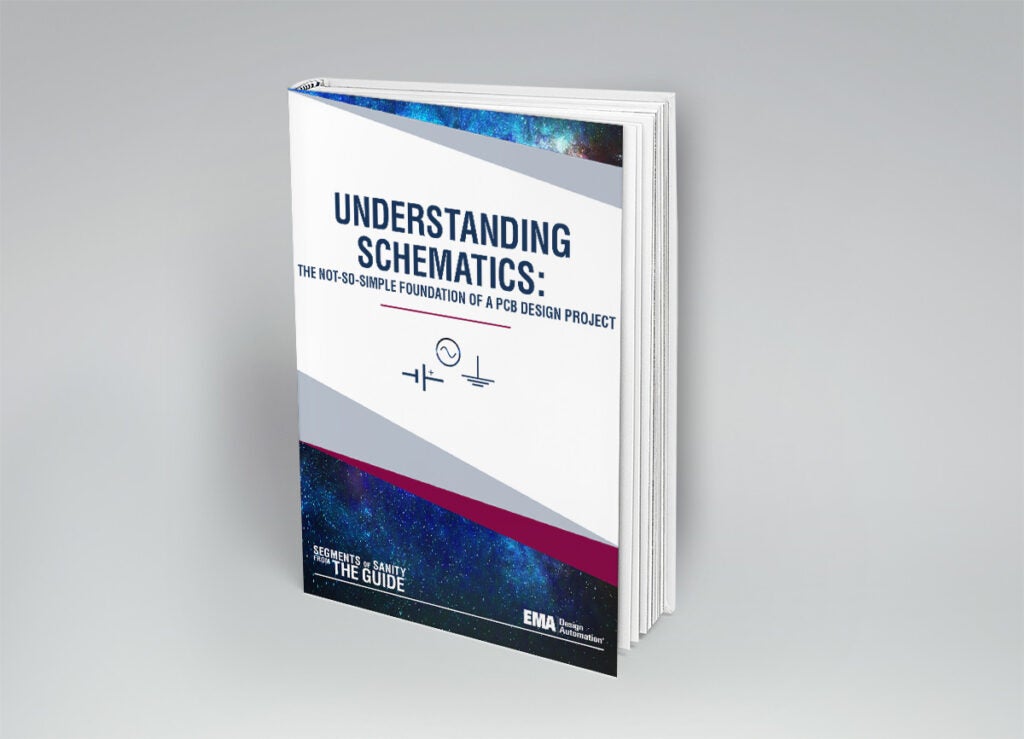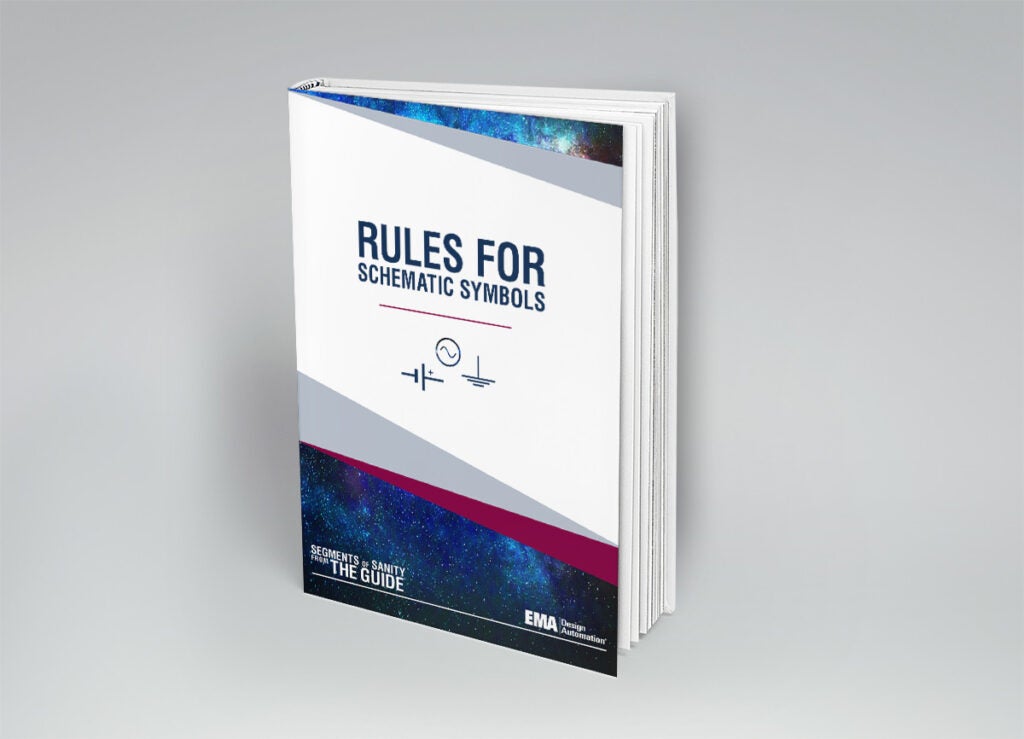When the complexity and/or 2D dimensional constraints of your design requires that you implement a PCB stack-up strategy, it is important to balance performance vs cost considerations. Equally important is to consider how a multilayer design affects the building of your board. The material choices you make for prepreg, core and copper properties will all impact the manufacturing process and final board quality. Consequently, smart decisions grounded by sound design for manufacturing (DFM) considerations for PCB stack-up will enable you to create a design that aids your CM in fabricating a high-quality board that achieves the desired performance objectives and delivers reliable operation over its lifecycle.
This eBook answers the following questions:
- Why is it critical to balance the material distribution throughout your PCB stack-up?
- Why understanding core and foil construction are important to adequately define the material properties of your stack-up design?
- What is a core build and how to use this technique to mitigate costs for microwave PCB designs?
- When and how to use trace width vs copper thickness to achieve design and DFM objectives?
- How balanced etching helps avoid physical stress on your board?
